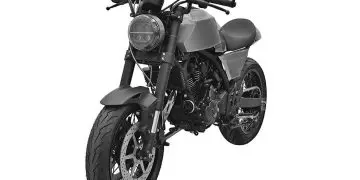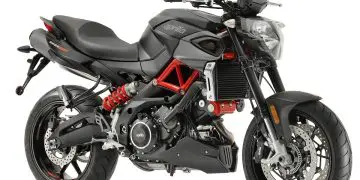Different road users have different needs, it’s just basic math. An automobile driver, for example, doesn’t need to worry as much about the road surface compared to a motorcyclist. The enclosed cabin of a car, thick insulation, and climate control do an excellent job of filtering out the road.
For motorcyclists, however, we rely on the feedback from the bike, as well as a heightened sense of anticipation in all aspects of driving. Keeping your head in the game is an essential part of road safety. While instilling road safety in individual drivers is indeed essential, improving roads to make them safer for drivers is always a good thing. That’s exactly what a project in western Scotland aims to achieve.
Transport Scotland, the government agency responsible for road safety, among other transportation-related matters, recently tested new road markings known as Percetual Rider Information for Maximizing Expertise and Enjoyment, or PRIMEs. These road markings were strategically placed on blind curves on winding roads (in Scotland’s case, left curves, as they drive on the left side of the road there).
The goal? Improve motorcyclists’ driving behavior when navigating blind curves.
The PRIMEs are designed according to the simple principles of “nudge psychology”. That is, drivers are prepared in advance to know what to expect when approaching a curve. So, instead of entering with too much speed to be surprised by a decreasing radius curve, motorcyclists know in advance that the curve they are approaching is sharp or gradual. As you can see in the image above, the arrows inform drivers of a continuous left curve, while the road markings instruct them on the ideal position on the road when entering the curve. These markings not only encourage drivers to reduce speed well before entering the curve, but also contribute to the driving experience by encouraging drivers to adopt the best trajectory in the curve. Transport Scotland has created a total of 22 PRIME test sites covering 1207 square kilometers throughout West Scotland. And, not surprisingly, the results have been extremely successful.The agency reported a significant reduction in speed, particularly in drivers entering curves. Perhaps most importantly, the positioning of drivers on the road as they approach the curve and at the apex of the curve has improved significantly. Additionally, there have also been improvements in braking behavior. Best of all, no motorcycle accidents have been recorded in areas with PRIME markings since the start of the trials.
The science behind this is really simple and, frankly, it’s a shame we don’t see things like this in other parts of the world. It’s truly fantastic to see governments working to make roads safer and more enjoyable for motorcyclists, instead of imposing tons of restrictions and regulations on motorcycle use.








